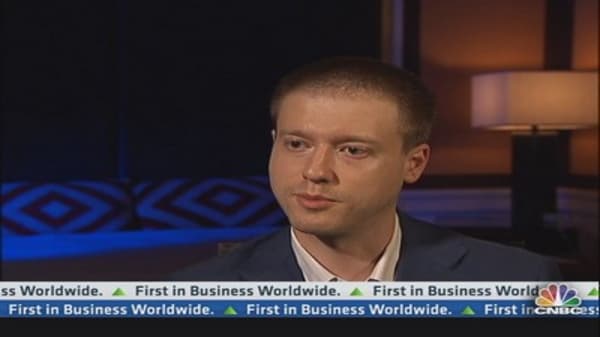How's this for a weekend conference: Some of the smartest people in the world are gathering in New York to try to figure out how to build lifelike copies of humans ... to be eventually uploaded with the contents of a real human brain.
It's the brainchild of a Russian multimillionaire, Dmitry Itskov. ... And he says he's perfectly serious, and that it could be accomplished by 2035.
Crazy? The New York Times gave Itskov a front-page profile on its Sunday Business page a week and a half ago.
Imagine this ... a digital copy of your brain in a different life form that could live for hundreds of years and be replaced.
(Read More: Russian Tycoon Aims to Make Immortality a Reality Using Robots)
There are several stages to his proposal, including an early stage (Avatar A) where lifelike avatars (androids) are created, but without an actual brain in them. Instead, you would be able to mentally "occupy" the avatar and would have the same sensations.
If you have ever seen the 2009 movie "Surrogates" with Bruce Willis, this is the first stage. Willis remotely moves around an android that is an optimized version of himself. He is in a darkened room and has a live telepresence of that avatar, including all senses.
Dmitry says that we could have the first phase—that will enable people to operate a nonbiological body—in the next seven years. And he believes that the concept can be proved viable in the next three years. He is talking about an artificial body with sensations—the sensation that you would be walking in the body.
The next phase (Avatar B) is brain transplantation. Instead of your dying, neurosurgeons isolate the brain and some of the spinal chord, put it in a life support system, and that is inserted into the android developed in Avatar A. The timetable: 2020-25.
In the next phase (Avatar C), you make the brain non-biological by uploading it into a computer. The timetable: 2030-35.
Sounds crazy? One of the speakers, Theodore Berger, will show how he has already replaced the hippocampus—the part of the brain most heavily associated with memory—of a rat with a computer chip. Berger has shown that rats so implanted can have a memory without the original biological component.












